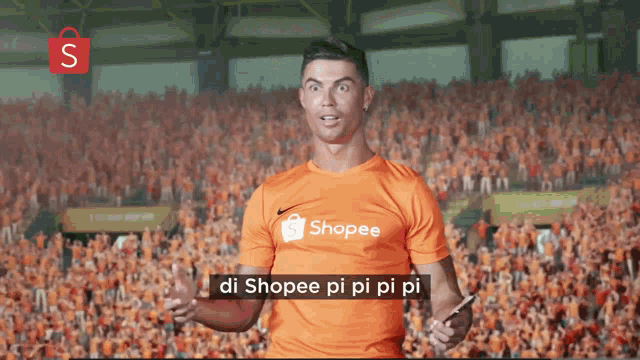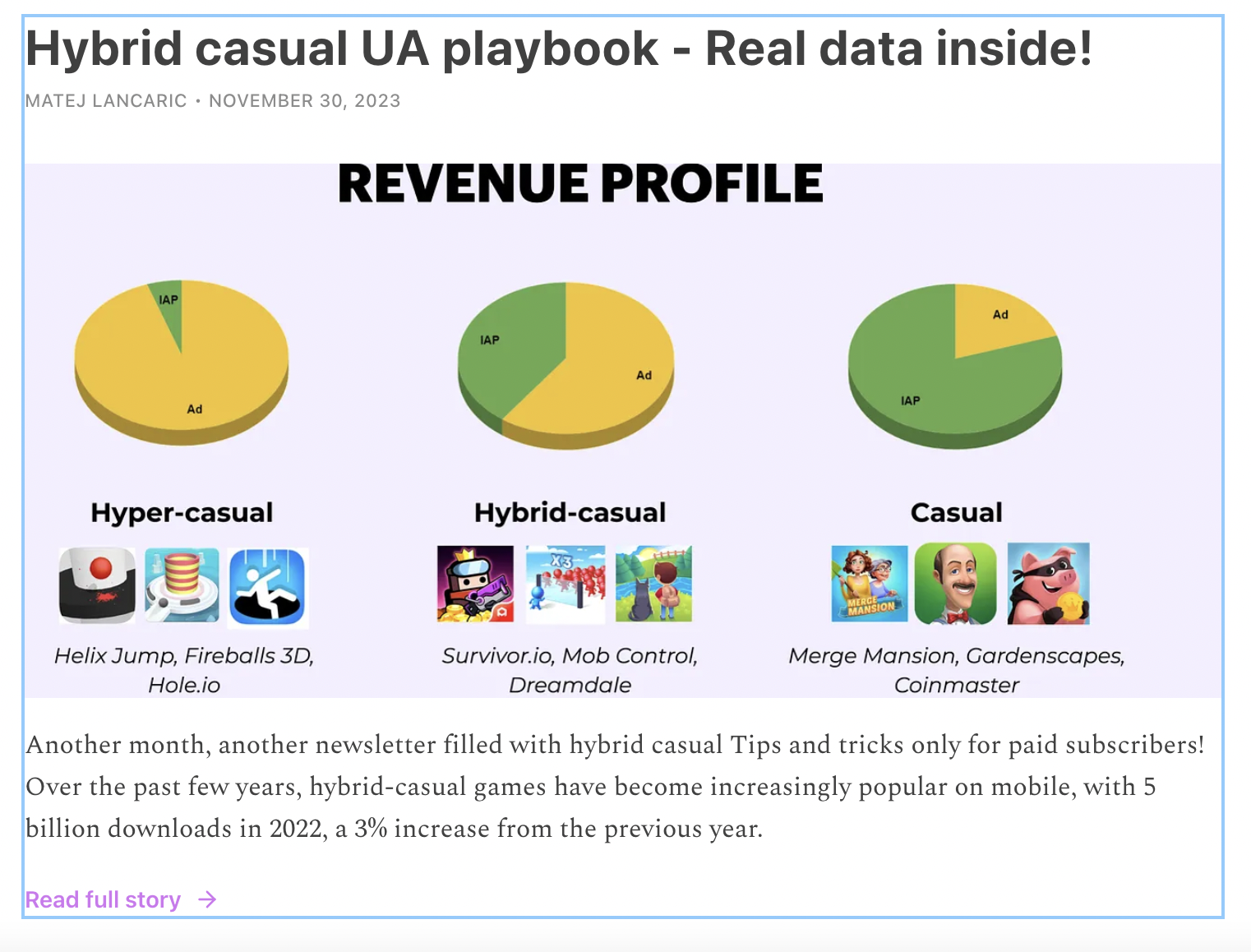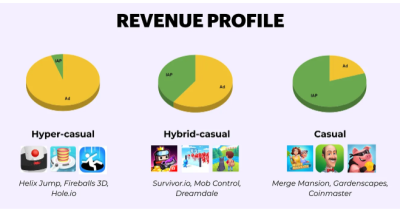
Beginner’s Guide to Mobile User Acquisition: The No-Bullshit Guide
With over 10 long years of UA under my belt, I’ve seen it all. I’ve written about my day in the life of a UA manager – everything from the highs that allow me to run this consultancy to the lowest bullshit that comes with it, too.
The world of UA moves fast, but before you dive into all the latest strategies and hacks, you have to be familiar with the fundamentals.
Terms you absolutely need to know
There are tons of acronyms in this industry, so it’s best to get familiar with the following terms.
App Store Optimization (ASO): marketing tactic of increasing app visibility within the app store to drive more installs
Attribution: assigning value to different actions users had taken until they completed a conversion
Churn: Number of users who uninstall your app within a time period. Helps measure ‘stickiness.’
Impressions: how many times an ad is seen by someone
Organic app installs: app installations driven through non-paid advertising such as content marketing or social media marketing.
User Acquisition (UA): methodology of driving new users to a mobile app through marketing and advertising
Key metrics to drill into your fucking skull
UA is ultimately a numbers game. Remember these metrics like the back of your hand!
Conversion Rate: the percent of people who see your ad (or page) that download it.
CVR = (# conversions / impressions) x 100
Cost per Install (CPI): high-level metric that measures the effectiveness of your marketing campaigns.
CPI = total campaign spend / number of installs
Cost per Action (CPA): high-level metric that measures how much it costs to drive a user to perform a certain action, such as signing up for a free trial or making their first in-app purchase.
CPA = ad spend / # of specified actions taken
Cost per Mille (CPM): measures the cost of 1,000 impressions. Primary metric for large campaigns, especially programmatic advertising.
CPM = (ad spend / # impressions) x 1,000
Installs per Mille (IPM) measures the numbers of app installs per 1,000 impressions. IPM is more accurate than CPM when measuring intent, since clicks are not always 100% intentional.
IPM = (# of Installs x 1000) / # of mpressions
Customer Acquisition Cost (CAC): how much money you spend to get a customer.
Lifetime Value (LTV): estimated total revenue a user will generate over the average amount of time users spend using your app. Higher LTV means you should be spending more to acquire those users. But if your LTV is lower than your Customer Acquisition Cost (CAC), you’re losing money in the long-run.
LTV = average user’s spend x average number of purchases x retention period
Average Revenue Per User (ARPU): measures the average amount of money a single user generates. Typically used in shorter time periods (14 days, months, quarters) compared to LTV.
Return on Ad Spend (ROAS): total revenue generated from your total advertising spend.
ROAS = (total attributable revenue from advertising / total campaign spend) x 100
What makes UA so hard, man?
The root of all UA evil is data. Data runs the world – especially the mobile world. How we collect and use that data changes every day, which is one of the biggest pains in the asses for UA Managers.
Data can get really dirty.
First, you have to make sure your data is trustworthy. Are the sources giving you the right info? Are some conversions counting as double? Are some conversions not counting at all? Keeping your data clean has to be a priority – or else you’ll work with fucked up numbers and you’ll be out of a job.
Tomorrow is not guaranteed.
Second, privacy changes affect how we collect data. Apple’s lockdown on collecting user-level data caused a cascading effect on the rest of the industry. Google and Android continue to follow Apple’s lead as users become increasingly wary of sharing data with advertisers. That means you must stay on top of these sudden changes and be creative about approaching your marketing mix.
Testing, testing, testing
The byproduct of those privacy changes include shit like measuring, optimizing, and testing your data with that giant privacy barrier in between. Navigating the changes of measuring campaigns through the SKAdNetwork is a huge pain at the moment.
Creative brain vs logical brain
UA requires a strong working knowledge of numbers and rigorous testing. But you also need an intuition on what creatives will perform well. Ad creative production isn’t limited to ideation, but also includes managing budgets, scheduling, and working cross-functionally. Also, ad fatigue is a real thing – users are increasingly developing banner blindness and require fresh creatives to stay engaged.
Three Types of UA: Paid, Owned, and Earned
There are hundreds of ways you can go about acquiring users. To make things easier, we can bucket all UA channels into three categories: paid, earned, and owned media.
Paid Media: Dollars for Ads
Paid media is advertising on platforms to drive conversions, build brand awareness, and generate traffic. This includes everything from display ads, paid search, YouTube ads, billboards, etc.
Today, the most common paid media channels are:
- Meta (Facebook)
- TikTok Ads
- Google App Campaigns
- Apple Search Ads
- Snapchat Ads (kind of dead)
- Twitter (X) (also kind of dead)
- Ad Networks
- Rewarded apps (Mistplay, adjoe, myAppFree, Tapjoy)
- preloads (Digital Turbine)
There are two types of ad networks:
Affiliate Ad Networks: the most common type of ad network. They’re the middleman between app devs and publishers to sell ad space to drive traffic, clicks, and installs. Affiliate ad networks are strictly performance-based, so they only charge a rate per action (install, impression, etc). Think of a TikTok influencer’s custom Amazon link that gives them a commission whenever you check out your cart. However, they’re also known for having little to no transparency and have a higher risk of fraud.
Examples: Yeahmobi, ClickDealer, Alpha Affiliates, Olavivo, Performcb, GoldLead
Premium SDK Networks: apps need to be integrated with premium networks in exchange for premium inventory. Every app on premium SDK networks are highly vetted and oftentimes provide unique features like rewarded video. Because of the vetting process and the technical integration required to get it up and running, the risk of fraud is minimized compared to other channels.
Examples: Chartboost, AppLovin, Google AdMob, Tapjoy, AdColony, ironSource
Influencer Marketing
TikTok is dominating every phone screen across the world, fueling the creator economy. Building a relationship with influencers can be an extremely profitable UA channel when done right. You’re essentially leveraging their reach to promote your app in a way you probably can’t. They’ve dedicated the time and effort to build the trust of their loyal audience.

For a clear-cut guide on how to execute an influencer program, check out my guide here.
Owned Media: Building Your Audience
This transitions perfectly into the next category: building your own audience. Although you may not be able to generate the same clout as a talking dog on TikTok, there’s a ton of value in having direct communication with your target audience.
That’s because we’re tied to the algorithm. Even with 500,000 followers, there’s no guarantee your piece of content will reach them. In 2023, Instagram had an average reach of 9.34% of your total followers – and there was an 18% decrease in organic reach YoY. Facebook’s average reach is an abysmal 4.32%.
Owned channels include your website, blog, app store pages, email lists, and SMS lists. If you build a loyal and engaged audience, all of these assets are essentially “free” and you’re not bound to the fickleness of the algorithm overlords.
Owned channels also provide an opportunity for you to build loyalty with your existing users, increase engagement, re-engage with dormant users, and upsell subscriptions.
App Store Optimization (ASO)
One asset you own is your app store listing. App Store Optimization is optimizing your app store listing page to show up higher in rankings for certain keywords. Higher rankings on search means more visibility, clicks, and installs.
To make your app more discoverable, you can optimize your store page’s headline descriptions using highly relevant keywords (there are plenty of tools to help you with the research process like AppTweak and SplitMetrics). It’s also crucial to test your app icons, screenshots, and overall visual appearance of your store.
Your success with ASO hinges on 1) adequate keyword research and 2) measurable A/B testing.
Content Marketing
Content marketing hinges on one thing: consistently delivering value to an audience to build trust over time. This is the key to building audiences – regardless of the platform of choice. Content marketing can include everything from guides like this one, videos, podcasts, ebooks, infographics, quizzes, and videos.
What is value? Every piece of content must serve one of the following purposes: entertain, persuade, inspire, or educate.
Online Communities
We are all social creatures and love to connect with others with the same hobbies / passions as us. You can advertise your app and content in niche communities. Whether that’s Facebook groups, Reddit, Discord, Slack, or forums like Gamefaqs. Building a repertoire within these communities takes lots of effort, but the conversations and relationships you build can prove to be fruitful.
If you have the resources, you can also consider building a community of your own. Feel free to join our community of UA unicorns here 😉
Referrals and Loyalty Programs
Why not advertise to your most loyal users? Marketers tend to shy away from this, but customer marketing is ultimately a win-win (as long as you’re not spamming them). You can incentivize with in-app rewards or free subscriptions for every referral they make. This won’t cost you a dime.
Email Marketing
As long as the emails you collect are legit, 100% of your emails are going to be delivered to your emailing list. This is the most direct way you can reach your audience. And think about it – the vast majority of us check our emails from our phones, which makes it easy to drive conversions.
Email marketing can range from everything like promoting your latest blog post, sharing exciting app updates, offering discounts (or upsells), or sending out that referral program we discussed above. Email is a fantastic way to establish a stronger relationship with your audience but only when it’s really relevant. You can also request users to fill out surveys or respond to emails directly to address any feedback / praise / or concerns.
The last thing you want to do is send weekly emails for the sake of it. Instead, carefully segment your audience and consistently deliver content that is highly relevant to them. And be sure to keep it short.
SMS Lists
Getting texting right is really tough – especially in a world where everyone is getting spammed by roboscammers. But if someone openly shares their phone number with you and signs up for marketing messaging, this opens up yet another incredible opportunity to communicate directly with your users. Texts have 95% open rates – yes it’s like email in 2001. Just be aware to follow any privacy regulations and please don’t spam people’s phones.
Push Notifications
Push notifications literally push your current users to re-engage with your app. While you won’t be attracting new people, you can increase lifetime value by pushing offers, sales, or just by using your app more (and collecting those ad dollars).
Earned Media: Building Brand Recognition
Earned media is the exposure you gain from other channels without paying for it directly. This is like getting invited to a news segment or journalists and influencers talking about your app.
Word of Mouth
Word of mouth is the most obvious form of earned media. You want people to rant and rave about your app to their entire network. Granted you have a great app, there are ways to help encourage people to share it.
You can ask your most engaged app users to leave you a review on the App Store. Social signals like this can greatly increase your conversion rates.
Make your apps extremely shareable. Think Wordle – and how they essentially made millions of dollars just for that simple sharing mechanic.
Press, press, press
Blogs, online publications, and even podcasts are a great way to drive awareness and installs. To do so you need two things: assets (media kit, website, etc) and outreach.
While you can probably scrape thousands of journalists’ emails and spam them with a link to your app, you’re probably going to get blacklisted. Focus on establishing real relationships with journalists, bloggers, and influencers.
I cover this more in-depth in PC marketing guide here.
Frequently Asked Questions
When should you use manual placements vs automated?
When you’re starting out, it’s a non-negotiable to be clear in who you want to target and where. While I recommend manual placements to get started and scale with automation tools that can help you identify similar audiences with less manual optimization. Scaling up existing campaigns manually is a recipe for a shitstorm.
Should you focus on organic UA or Paid?
Finding the right paid channels that work for you is the key to scaling your UA success. But it’s not a dichotomy. A strong organic presence helps boost your paid conversions, because of increased brand recognition and trust. Take a look at my breakdown of Duolingo’s acquisition strategy.
Should you invest in paid UA if you’re driving organic installs?
It’s always worthwhile to test different channels if the budget allows for it. But most importantly, you need it to understand your numbers, especially CPI and LTV. If you’re able to crack the right channel that is profitable (even if it’s $0.10 per conversion), it’s a no-brainer.
How is AI impacting UA?
AI is affecting everyone. More specifically, AI-powered automation tools are helping more marketers automatically find new audiences and tweak their creatives. AI-generated creatives can help marketers create millions of variations to test at scale.
What are the best ways to stay updated in the world of UA?
- Subscribe to my newsletter
- Subscribe to Two & a Half Gamers
- Join our Slack Community
- Follow THE UA blog – the one you are reading this at Lancaric.me
- Follow blogs: Mobiledevmemo.com, Adjust, Singular, etc.
Anything that I missed?
Oh wow! You made it here! You must be very engaged. I like that type of players… Ehm, people!
Please share this article with your industry friends. It would mean the world to me.
Also, subscribe to my newsletter. It’s so honest it might actually annoy you. If you are easily annoyed, please don’t subscribe.









